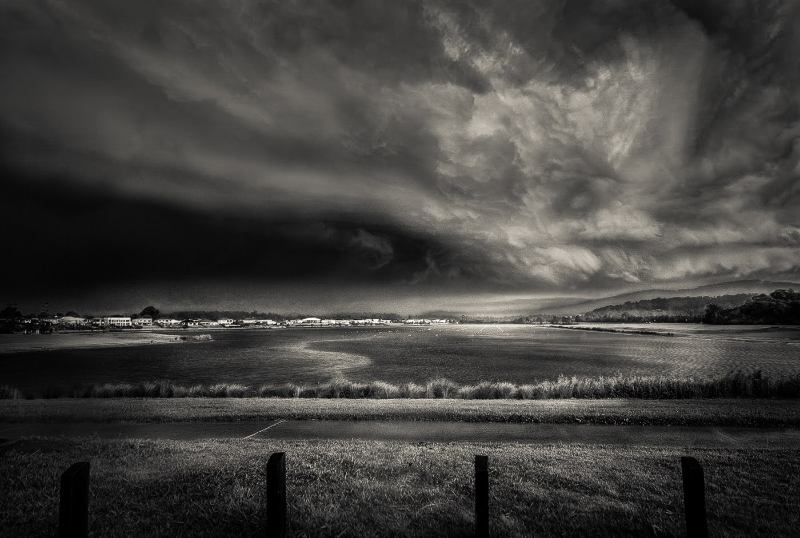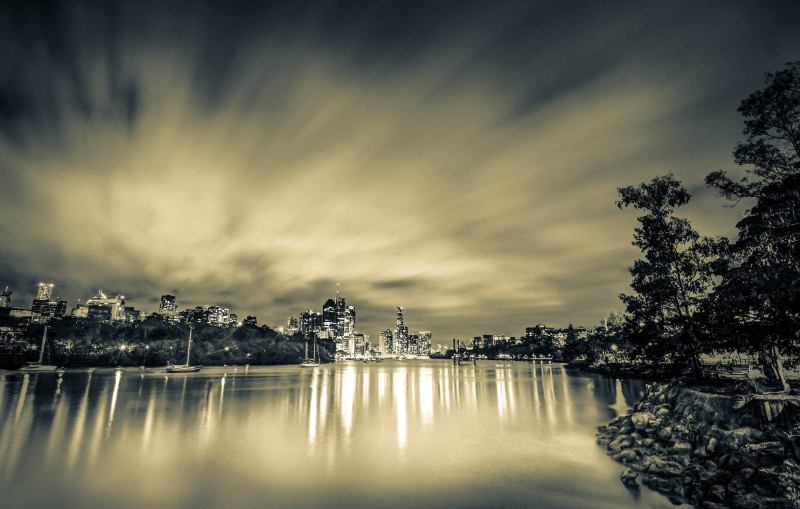
What advice would you give to aspiring black-and-white photographers?
Aspiring black-and-white photographers should:
- Shoot in black and white from the start. This will help you to see the world in a new way and to develop a strong sense of composition.
- Learn the basics of photography. This includes understanding the exposure triangle and how to use different camera settings to achieve the desired results.
- Experiment with different film stocks and printing techniques. There are many different ways to create a black-and-white photograph, so experiment until you find what works best for you.
- Study the work of other black-and-white photographers. This will help you to develop your own style and to learn from the masters.
- Don’t be afraid to make mistakes. Everyone makes mistakes when they are first learning photography. The important thing is to learn from your mistakes and to keep practicing.
What are great subjects to photograph in black and white?
Great subjects to photograph in black and white include:
- People: Black and white photography can be very effective for capturing the emotions and expressions of people.
- Architecture: The strong lines and shadows of buildings can create striking black and white images.
- Landscapes: Black and white photography can be used to create dramatic and moody landscapes.
- Still life: Black and white photography can be used to create simple and elegant still life images.
- Abstract: Black and white photography can be used to create abstract and experimental images.
A behind-the-scenes look at the making of a black-and-white photograph

The Importance of Composition and Structure
- Identifying an image’s individual compositions and refining their contribution strengthens the image’s structure.
- Composing the image in the order of drawing composition, tone, and color allows for the most efficient editing.
- Cropping experiments help uncover the “psychological space” within the image.
- Using guides to align the image window enables precise cropping.
- Careful evaluation of the image on screen and in a test print at the final scale ensures optimal results.
- These strategies enhance the drawing composition and its functionality within the image.
Tutorial on how to convert a color photograph to black and white
Converting a color photograph to black and white can be a great way to create a more dramatic or artistic image. It can also be helpful for removing unwanted colors from a photo or for creating a more timeless look.
There are many different ways to convert a color photograph to black and white, but the most common method is to use the grayscale conversion tool in your photo editing software. This tool will simply remove all of the color from the image, leaving you with a black and white version.
Another way to convert a color photograph to black and white is to use the channel mixer tool. This tool allows you to adjust the levels of each of the color channels in the image. By decreasing the levels of the red, green, and blue channels, you can create a black and white image.
Once you have converted your image to black and white, you can use the curves tool to adjust the contrast and brightness of the image. You can also use the levels tool to adjust the black point and white point of the image.
Here are some tips for converting a color photograph to black and white:
- Start with a high-quality image. The better the quality of your original image, the better the quality of your black and white conversion will be.
- Experiment with different conversion methods. There is no one-size-fits-all method for converting a color photograph to black and white. Try using different tools and techniques to see what works best for your image.
- Use the curves tool to adjust the contrast and brightness of your image. This will help you to create a more dramatic or artistic look.
- Use the levels tool to adjust the black point and white point of your image. This will help you to control the overall tonality of your image.
- Save your image in a lossless format. This will ensure that your image retains its quality when you save it.
With a little practice, you can learn to convert color photographs to black and white like a pro. So experiment and have fun!
What are the key principles of tonal composition in black and white photography?
Tonal Composition = The mood or drama (tonal contrast) of the image
- Convert the RGB image to Lab (16bit) and display only the monochromatic ‘L’ channel.
- Use Levels to set highlight and shadow points, and adjust middle grey (gamma).
- Use Curves to adjust local contrast.
- Apply the Dodge & Burn tool to modify local tonal values.
- Paint with black and white on a 50% grey layer in Soft Light mode as a ‘printing pack’.
- These strategies reveal the tonal composition and tonal relationships in the image.
What are some of the challenges of shooting in black and white?
There are many advantages to shooting in black and white. Some of the most common advantages include:
- B&W removes distractions. By eliminating color, you can remove distractions from your photos and help the viewer focus on the most important elements of the image.
- B&W can create a more timeless feel. Black and white photos often have a classic, timeless look that can be appealing to viewers.
- B&W can be used to convey emotion. The absence of color can help to create a sense of mood or emotion in your photos.
- B&W can be used to simplify a scene. By removing color, you can simplify a scene and make it easier to understand.
- B&W can be used to create a more artistic look. Black and white photos often have a more artistic look than color photos, which can be appealing to some viewers.
What are some tips for taking great black and white photos?
Here are some tips for taking great black and white photos:
- Use a tripod. A tripod will help you keep your camera steady and avoid blurry photos.
- Choose the right lens. A wide-angle lens can be a good choice for black and white photography because it can help you capture more of the scene.
- Pay attention to your composition. The composition of your photo is very important in black and white photography. Make sure that the elements of your photo are arranged in a way that is pleasing to the eye.
- Expose your photos correctly. It is important to expose your photos correctly in black and white photography. Overexposed photos will be too bright and washed out, while underexposed photos will be too dark and muddy.
- Use a variety of filters. Filters can be used to create different effects in your black and white photos. For example, a yellow filter can help to warm up the tones of your photo, while a blue filter can help to cool them down.
- Experiment with different printing techniques. There are a variety of different printing techniques that can be used to create black and white photos. Experiment with different techniques to see which ones you like best.
What are some of the best subjects for black and white photography?
Black and white photography can be used to great effect in a variety of situations.
- People: Black and white photography can be a great way to capture the emotions and expressions of people.
- Architecture: The clean lines and stark contrasts of architecture can be very effective in black and white photography.
- Landscapes: The natural world can be a beautiful subject for black and white photography. The absence of color can help to emphasize the textures and shapes of the landscape.
- Still life: Objects can be arranged in a variety of ways to create interesting black and white photographs. The interplay of light and shadow can create dramatic effects.
- Abstract: Black and white photography can be used to create abstract images that explore form, shape, and texture
What are some of the most common mistakes that people make when shooting in black and white?
Some of the most common mistakes that people make when shooting in black and white are:
- Not understanding the difference between black and white and color photography. Black and white photography is not simply the absence of color. It is a unique medium with its own aesthetic and techniques.
- Using the wrong settings. Black and white photography requires different settings than color photography. It is important to experiment with different settings to find the ones that work best for you.
- Not paying attention to the light. Light is the most important element in black and white photography. It is important to understand how light works and how to use it to your advantage.
- Not post-processing your images. Black and white images can be greatly improved by post-processing. There are a variety of software programs that can be used to post-process black and white images.
- Thinking that black and white photography is easy. Black and white photography is not easy. It takes time and practice to master.
